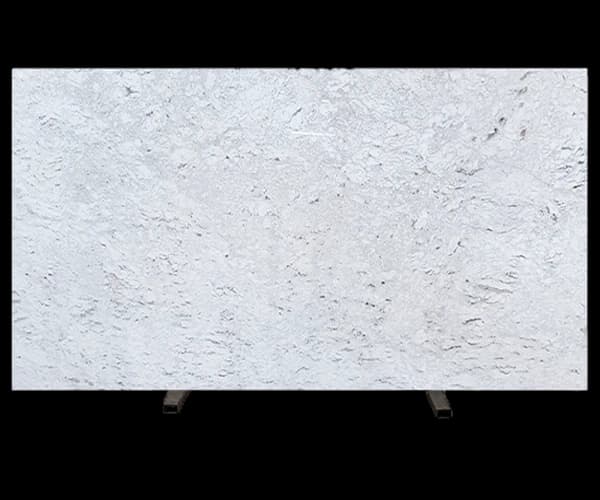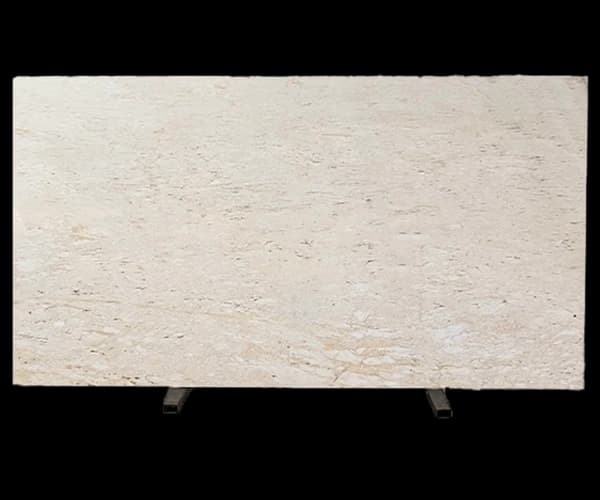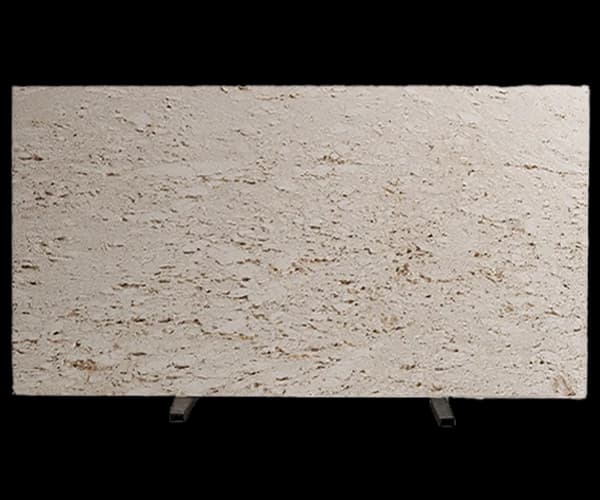Planning travertine mosaics from Turkey? This guide covers sheet size, thickness, mesh backing, joint width, finishes and wet-area suitability so architects, distributors and installers can specify wholesale travertine mosaics with confidence. As a quarry-backed Turkish travertine supplier, we also support FOB/CIF/EXW shipping with photo-documented loading.
Travertine mosaics are small, decorative stone pieces arranged into patterns, sheets or designs for both interior and exterior use. They bring texture, character, and artistic expression to projects, combining the natural beauty of travertine with flexible applications. From kitchen backsplashes and bathroom walls to feature panels and flooring accents, Turkish travertine mosaics are a versatile choice for homeowners, architects, and designers worldwide.
Travertine mosaics are crafted in Ivory, Light, and Antico shades, each offering unique design potential. Ivory mosaics brighten spaces with elegance, Light mosaics bring warm beige tones that complement modern interiors, and Antico mosaics provide rustic character for traditional or Mediterranean projects. Combining colors in mosaic patterns creates dynamic visual effects, allowing for both subtle accents and bold statements.

Ivory mosaics provide brightness and sophistication, often chosen for bathrooms and kitchens.

Light mosaics add warmth and subtle elegance, making them ideal for large decorative walls and stylish flooring inserts.

Antico mosaics deliver rustic charm and antique appeal, perfect for traditional and Mediterranean-style designs.
Travertine mosaics are produced in multiple finishes to match design needs. Polished mosaics highlight natural veining and create glossy effects, honed mosaics provide a soft matte look, tumbled mosaics offer rustic texture with antique charm, and brushed mosaics add gentle grip and depth. These finishes allow mosaics to serve as both functional surfaces and artistic highlights.

Glossy mosaics emphasize veining, ideal for luxury bathrooms and kitchens.

Smooth, matte mosaics give a modern touch to walls and floors.

Antique, textured mosaics deliver rustic appeal for Mediterranean designs.

Textured mosaics provide grip and warmth, perfect for feature walls and outdoor use.
Travertine mosaics are used as decorative highlights in both residential and commercial projects. They are ideal for kitchen backsplashes, bathroom walls, shower floors, and feature walls in living rooms or lobbies. Their small size and sheet-mounted format make installation flexible, allowing curved surfaces, borders or complex patterns. Outdoors, they add character to patios, garden walls, and pool surrounds.
Honed or tumbled mosaics provide comfortable grip and visual texture for showers and spa walls. Seal before and after grouting to reduce staining and soap residue.
Ivory and Light mosaics pair well with modern cabinetry. Use white thinset to avoid shadowing through light stones and finish with stain-resistant grout.
Tumbled mosaics add traction and organic movement to waterlines and steps. Plan for periodic resealing in chlorinated or salt-water pools.
Bookmatched accents aren’t typical with mosaics; instead, use patterns like herringbone, basketweave or hexagon to create depth and rhythm.
Used in shower walls, niches, and flooring accents for spa-like designs.
Perfect for backsplashes and counters, adding texture and style.
Create striking feature panels in living rooms, lobbies, and exteriors.
Travertine mosaics are typically supplied on mesh sheets for easier installation. Common sheet sizes are 300×300 mm, with individual mosaic pieces ranging from 20×20 mm to 50×50 mm. Thickness usually varies between 8–12 mm. Absorption rates average 0.4–0.8%, requiring sealing after installation. Available in polished, honed, brushed or tumbled finishes, mosaics are adaptable to a wide range of decorative applications.
Travertine mosaics are supplied on mesh sheets, making them easy to install on walls, floors, and curved surfaces. They should be installed with thin-set mortar, grouted carefully to fill joints, and sealed after curing. Maintenance involves cleaning with pH-neutral solutions and resealing every 1–2 years. Avoid acidic cleaners which may etch the surface.
We’ll get back to you shortly.


